In this article, you will learn the role of personalization in email marketing through hand-picked statistics. We will discuss the essence and metrics that reveal the importance of personalized content and examine recent trends and the challenges marketers face.
Around 89% of decision-makers see email personalization as key to their company’s success, and they aren’t wrong. Generic email messages rarely get opened—customers expect unique experiences, and personalization is the answer.
But how much impact does personalization have on the campaign performance? And what are the trends and challenges to keep an eye on?
Top 10 personalized email marketing statistics
That’s what you are here for—the numbers. I have studied the personalization reports and picked the latest email marketing statistics, so you don’t have to. Let’s examine my findings:
- Personalized subject lines double email opens from 16.67% to 35.69%.
- Personalized email campaigns reach 41% higher click-through rates than non-personalized ones.
- 57% of email marketers manage to enhance engagement with personalized content.
- 62% of business leaders see personalization as a driving force in increasing customer retention.
- Emails with personalized elements can boost conversion rates by up to 60%.
- Around 64% of marketing professionals believe that customer satisfaction is a key benefit of personalized emails.
- Specialists with the highest personalization capabilities are 2X more likely to increase revenue by 10%.
- 65% of consumers are likely to purchase goods from a company when they receive personalized experiences.
- Some 86% of company leaders expect a shift toward predictive personalization.
- 34% of businesses plan to implement personalization in their email marketing strategy to address poor customer engagement.
A picture in email marketing becomes clear—personalization continues to influence a campaign’s success, and many businesses are considering implementing it now or in the future. What makes personalization so impactful? You are about to find out.
What is personalization about?
Personalization is a process of customizing marketing emails for each recipient based on individual preferences, customer insights, behaviors, data, and interactions with the brand. It goes from static variables to dynamic content and predictive AI suggestions.
The main goal? To create a unique and personalized shopping experience, making the company’s product or service irresistible. Along with the human touch, personalization strengthens the offer and focuses it on the customer.
Metrics that reveal the impact of personalization
To understand the impact of personalization, let’s study how it affects key email marketing campaign metrics.
Open rates
To open or not to open? That’s the question, and a personalized subject line is the answer. In fact, around 80% of recently surveyed specialists have already improved their campaign results with subject line personalization.
A mention of the prospect’s name, company name, industry, pain point, or challenge adds value and thus increases open rates. Recipients get a reason to open the message, leaving you in a winning position.
Let’s compare two email subject lines and analyze different approaches:
- personalized subject line: The first variant has a prospect’s name opening the subject. Subconsciously, I immediately paid attention to this email; thus, Hubspot had my open:

(Source: Email from Hubspot) - non-personalized subject line: The second variant is minimalistic and non-personalized, which may not always attract the reader’s attention. The result? Lower open rates:

Personalization can help you pass the first step—an email open. The recipients see more marketing effort, customization, and dedication to their experience and respond with opens. But how can personalization help further?
Click-through rates
Properly personalized and segmented campaigns have more chances to get new or existing customers to engage and click. The reason lies in email relevance. Personalization makes content marketing more focused on the customer: their purchase history, viewed items, pain points, and interests. As a result, emails are more desirable.
If you are unsure how to personalize your promotional emails, here are a few ideas from a Wunderkind report:
- 49% of consumers would like to get emails with discounts on the viewed items;
- 22% of the respondents want to get messages on stock availability on the items they checked out;
- 19% of buyers would like emails with personalized suggestions based on their interests and recent picks.
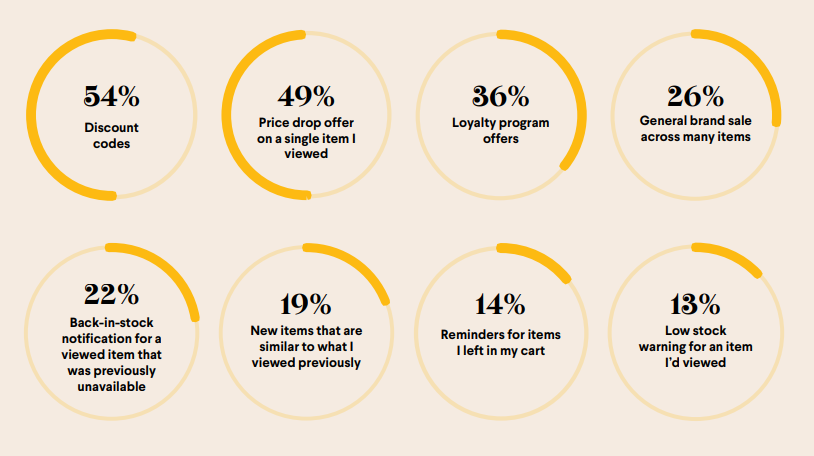
(Source: Wunderkind)
The more relevant your marketing emails are, the more likely your target audience is to click and convert—the latter being the topic of our next section.
Conversion rates
A conversion is an ideal continuation of customer interactions with an email. But what’s the role of personalization in this process?
Personalized emails can increase sales and conversions by 10% by enabling marketers to send the right message at the right time.
It can be a limited-time deal, an upsell recommendation, or a personalized call to action—anything to make the offer perfect for the buyer. Hubspot uses a similar approach and suggests educational courses based on interests. They are exactly what I expect and, thus, hard to say “no” to.
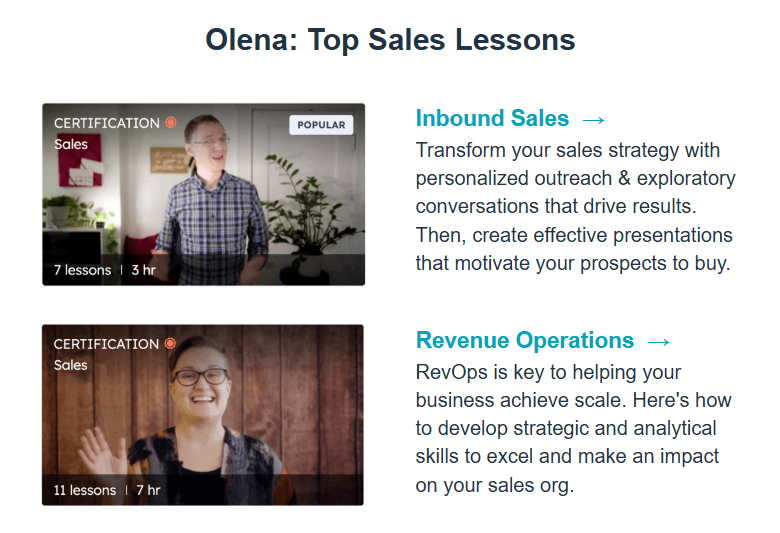
(Source: Email from Hubspot)
Customer retention and satisfaction
Around 80% of 1000 surveyed consumers are willing to buy more products if they are offered tailored suggestions. Why? Personalized communication makes customers feel valued and cared for.

When brands base recommendations on past purchases and preferences, they create intuitive rather than forced experiences. This can significantly enhance the likelihood of repeat purchases and buyers’ loyalty.
Revenue
It takes time to see a positive impact on revenue. Having shaped the whole customer journey with the brand, personalization directly influences profits. If you have any doubts about how much, I suggest that we examine stats from eCommerce and B2B:
- personalization typically increases revenue by 10–15%, but some eCommerce businesses manage to enhance their results by almost 40%;
- B2B companies can grow their revenue by 1.4X by implementing personalized content.
Personalization ensures there’s no second-guessing and shows potential customers exactly how they can benefit from the product. Tailored emails provide immediate value and address the pain points, turning selling into offering a solution to one’s needs.
Email marketing personalization trends
Is your email marketing strategy keeping up with the trends, or are the changes too overwhelming? Personalization is constantly evolving, and so are approaches. Old-fashioned variables do not always drive the results marketers expect.
What trendy strategies are companies already actively trying? Let’s have a look at the numbers from a Twilio Segment report:
- 73% of brands agree that AI adoption will change approaches to personalization;
- 88% of companies plan to adopt AI/ML tools to deliver smarter recommendations in real time and improve customer journeys;
- 55% of business leaders believe that predictive analytics for product suggestions will be influential within the next few years;
- 80% of marketers are considering using more sophisticated metrics, such as emotional engagement or customer lifetime value, to measure the success of personalization as it becomes more complex.
Challenges of email personalization backed by statistics
Personalization is not without its challenges. While it drives impressive results and creates unique customer experiences, some downsides stop businesses from implementing it.
Let’s have a look at email marketing stats illustrating personalization-related concerns from a Medallia report:
- 26% of company leaders have concerns about customer data privacy;
- 21% of the respondents lack ideas or vision on how to implement personalization into their sequences;
- 20% of professionals don’t want to risk disturbing their email subscribers’ privacy.
As personalization advances, email marketers not only experiment with new approaches and tools but also have to address the challenges they bring. And while some need a fundamental change of strategy, the key is to balance respect for customer privacy and clear implementation.
Wrapping up
Forget one-size-fits-all emails. Customers deserve an effort, and personalization is the right way to show it. With customized subject lines and tailored recommendations, emails can be harnessed to improve your campaign’s results. But while personalization opens new doors, it also comes with challenges. The solution? Stay ahead of trends, and use AI and customer data wisely to make an impact.
I hope these email marketing metrics have given you an understanding of personalization and a few ideas of what’s happening in the industry. Good luck!


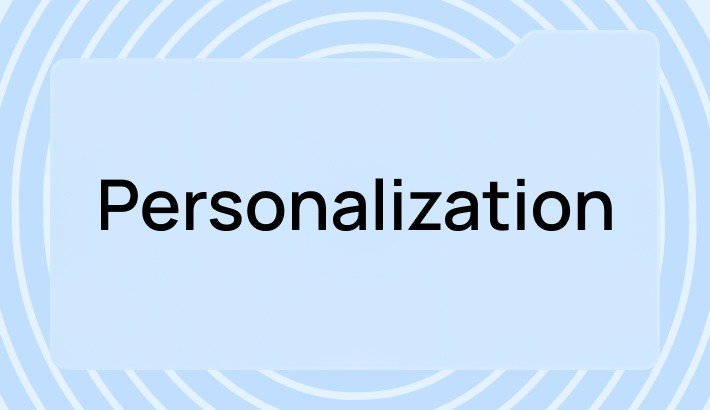

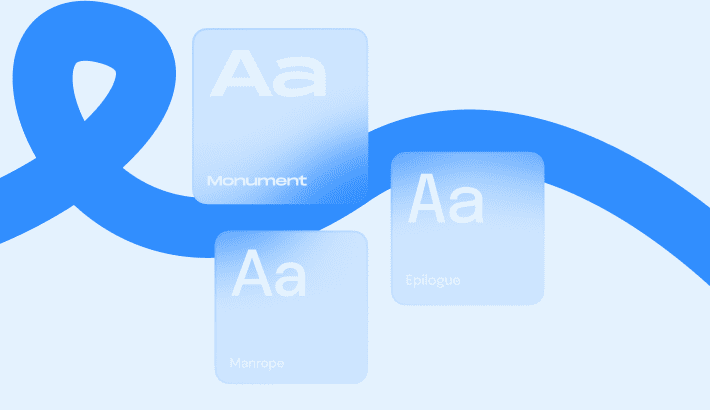



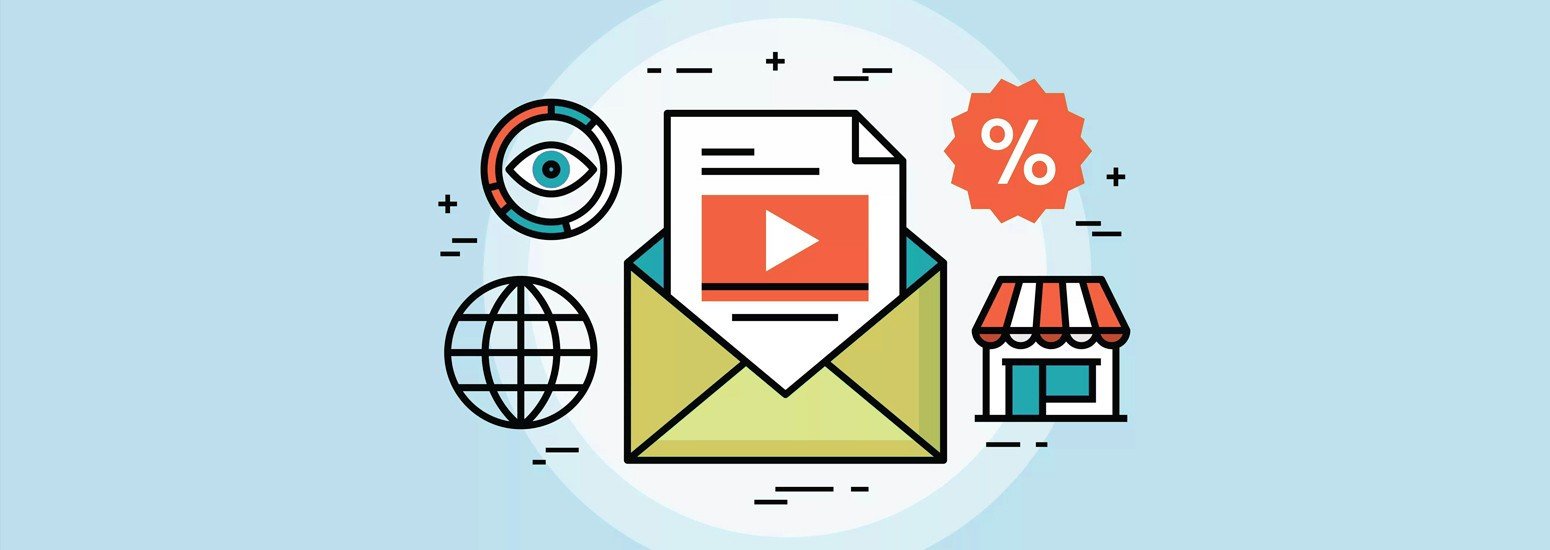
0 comments